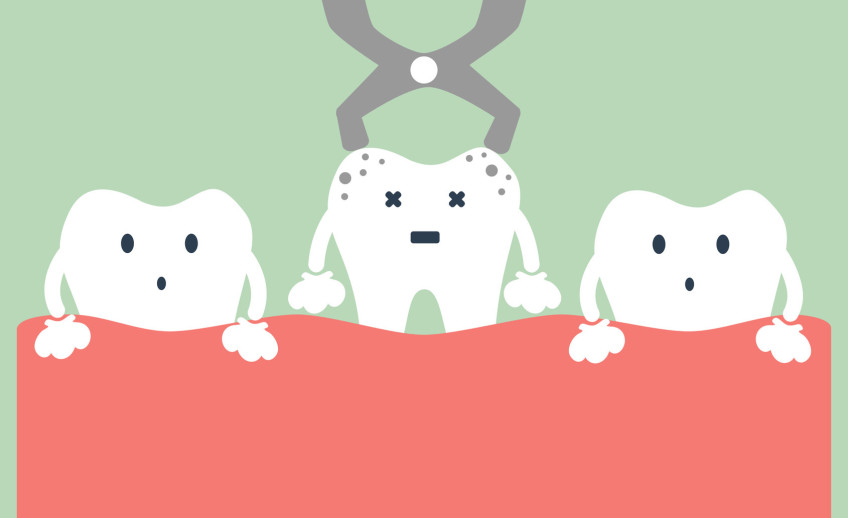Any tooth can be infected by bacteria. Depending on the course of progression the disease takes, an infected tooth may be indicated for extraction. A simple tooth decay that has gotten worse will no longer be restorable, even by pulp therapy, if even the health of the roots have been compromised, there is no choice left but to opt for an extraction. Gum disease can also lead to a fatal end. When the gum condition of a reversible case of Gingivitis is not addressed properly, the health of the soft tissues and bone will continue to deteriorate and the stability of the tooth within the bone will be heavily compromised and no amount of bone grafting or splinting can save it, so an extraction is performed.
A tooth extraction can be performed on a baby tooth or a permanent tooth. It can also be performed on a healthy or a diseased tooth, depending on the existing condition. The procedure can be fairly straightforward, especially for minor tooth extraction cases, but can be quite complicated and involve more invasive surgical techniques. Regardless what kind of tooth is being removed, however, the administration of local anesthesia that will render the tissues numb and allow the procedure to proceed comfortably for the patient.

